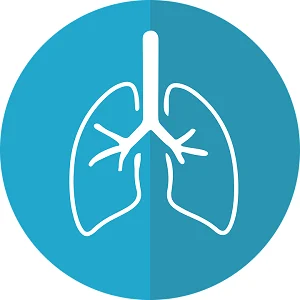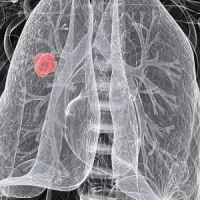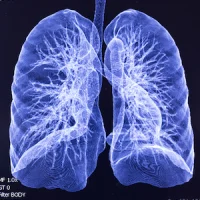A significant reduction (20 percent) in lung cancer mortality reduction is attributable to annual screening with low-dose CT imaging. In 2013, the American College of Chest Physicians (CHEST) published their guidelines that endorse low-dose CT screening for patients aged 55 to 74 years with at least a 30 pack-year smoking history. The guidelines recommend against lung cancer screening for any other individuals who may be at risk of lung cancer.
The source of the CHEST criteria is the inclusion criteria selected by the investigators of the National Lung Screening Trial (NLST). An anticipated update of the CHEST guidelines is imminent and this rekindles debate on whether lung screening should be extended beyond those criteria studied in the NLST.
YES to screening eligibility criteria expansion
In an Editorial published in the journal Chest, Douglas E. Wood, MD, FCCP, Department of Surgery, University of Washington, says it is "naive and myopic" to believe that the inclusion criteria of the NLST define the only population at high risk of lung cancer and to rigidly adhere to recommending only that group for screening under the principal that these are the only patients in whom sufficient evidence for benefit exist.
While the NLST is the only randomised trial evidence showing a benefit of screening, Dr. Wood says, it is also lacking in a real-world perspective of what can and cannot be demonstrated in a randomised trial, and in not considering decades of peer-reviewed evidence of additional risk factors for lung cancer.
As a clinical trial, the NLST investigators needed to be practical and simple in their design of an enormous randomised trial that ultimately enrolled > 53,000 individuals. Reasonably, the investigators settled on just two variables (age and smoking history) to have easily identifiable inclusion criteria that could be applied to a large population in a multi-institutional study, Dr. Wood notes.
The randomised trial data from the NLST are a critical foundation for guidelines and policy, but they are not sufficient for defining eligibility criteria, says Dr. Wood, adding that "to disapprove of lung cancer screening for any other individuals implies that there are no other patient populations at a risk for lung cancer similar to those included in the NLST."
NO to screening outside of the currently eligible cohort
A counterpoint article is published in the same journal by Peter J. Mazzone, MD, MPH, FCCP, Lung Cancer Programme and Lung Cancer Screening Programme, Respiratory Institute, Cleveland Clinic. He says the NLST criteria do not infer that only individuals within the eligible cohort can benefit from low-radiation dose chest CT (LDCT) screening but that "there is uncertainty" about whether other cohorts would experience more harm than benefit from LDCT screening. "Thus, a policy to screen outside of the currently eligible cohort is premature," the author stresses.
"It is easy to understand why there is a desire to expand the cohort eligible for lung cancer screening. If 100% of currently eligible patients received LDCT screening, approximately 40% of all lung cancers would be screen detected," Dr. Mazzone writes.
Naturally, he says, the lung cancer community would like to find a greater percentage of all lung cancers through screening. This scenario can occur either by screening a cohort at lower average risk than was screened in the NLST or by identifying high-risk patients who do not meet current eligibility criteria.
"In screening a lower risk population, far more patients would have to be screened for every lung cancer death averted while the harms to the population would accumulate beyond the potential small overall increased benefit," the author explains.
The other option is to identify high-risk patients who do not meet current eligibility criteria. The doctor cites several lung cancer risk models that have been developed that include risk factors in addition to age and smoking history to more accurately estimate the risk of developing lung cancer.
"Two of the models have been compared with current screening eligibility criteria. Both showed a small improvement in the sensitivity and specificity of selection criteria," according to Dr. Mazzone.
Source: CHEST
Image Credit: PIxabay
References:
Wood ED (2018) POINT: Should Lung Cancer Screening Be Expanded to Persons Who Don’t Currently Meet Accepted Criteria Set Forth by the CHEST Guidelines on Lung Cancer Screening? Yes. Chest, Volume 153, Issue 6, June 2018, Pages 1299-1302. https://doi.org/10.1016/j.chest.2018.03.017
Mazzone PJ (2018) COUNTERPOINT: Should Lung Cancer Screening Be Expanded to Persons Who Don’t Currently Meet Accepted Criteria Set Forth by the CHEST Guidelines on Lung Cancer Screening? No. Chest, Volume 153, Issue 6, June 2018, Pages 1303-1305. https://doi.org/10.1016/j.chest.2018.03.021
Latest Articles
Lung Cancer Screening, CT Imaging, lung cancers
A significant reduction (20 percent) in lung cancer mortality reduction is attributable to annual screening with low-dose CT imaging. In 2013, the American College of Chest Physicians (CHEST) published their guidelines that endorse low-dose CT screening f










